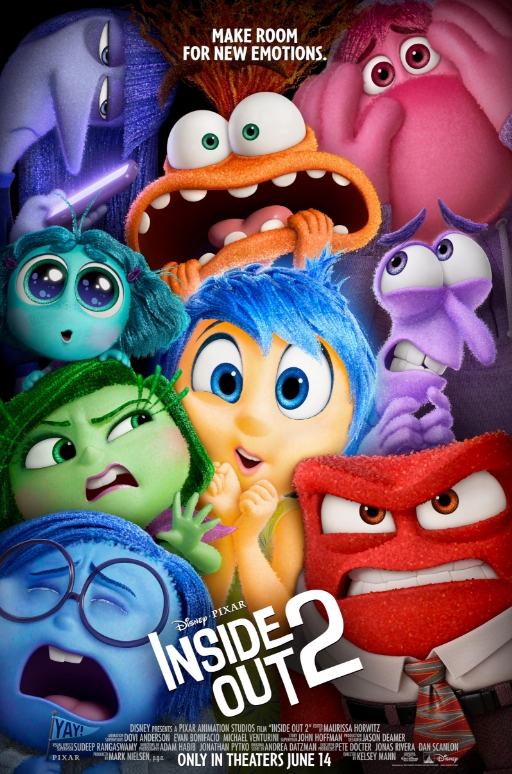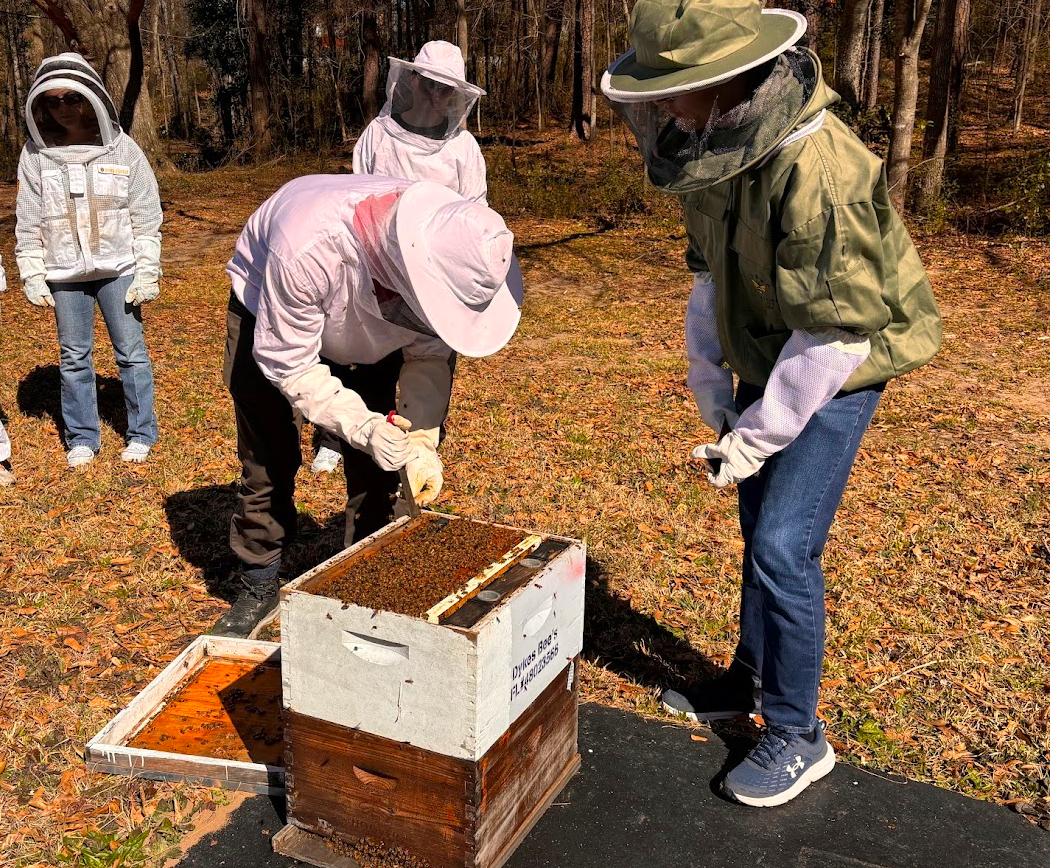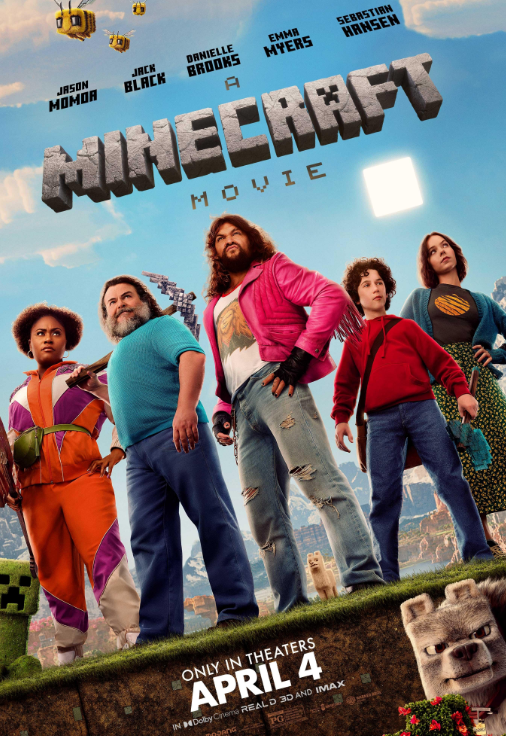“Inside Out 2” begins with a bit of an eye roll.
We open with the dreaded exposition monologue over a cliched scene of Riley playing hockey. The monologue, like with others that have appeared in recent Disney films, is overly direct and largely illogical in conveying information. After the game, Riley and her friends are invited to a high-caliber hockey camp. Life is perfect.
It seems like a fluffy and innocuous opening that does little more than catch the audience up with the central emotions. Joy is still the bright and always-cheerful leader. Anger, Fear, Disgust and Sadness still serve their roles, and Sadness has continued to show her unsuspecting utility uncovered in the first film.
Simple though these opening minutes may seem, they subtly frame a story that proves to be anything but lighthearted.
To put it simply, “Inside Out 2” is a gut punch. It is crafted with subtlety and complexity that marks an evolution in maturity from its predecessor. The original “Inside Out” was an exuberant yet comparatively simple work revolving around the mind of a child with only five key emotions.
The sequel matches the aging of its protagonist with an uptick in intricacy. Riley is on the cusp of entering high school, and both life experience and mental development have shaped her into a unique person with complex thoughts.
New in Riley’s mental landscape are a physical “self-identity” that guides the emotions’ work, a system of beliefs located beneath Headquarters, a stream of consciousness and a “back of the mind” to or from which memories can be moved. Each of the original core emotions has moments outside their norm, displaying their growth: Disgust briefly becomes an encourager, and Anger on multiple occasions is outright kind.
Just because Riley is complex, however, doesn’t mean that she is fully developed. There are emotional struggles lurking around the corner.
This is perhaps the most brilliant element of “Inside Out 2.” The writers manage to capture the franticness of a young mind at the gates of true teenagehood, staring into the terrifying and seemingly impossible land beyond.
Riley enters those gates unknowingly when she sets off for what should be a fun hockey camp and the new emotions show up: Anxiety, Envy, Embarrassment and Ennui, or the “feeling of weariness and dissatisfaction.” When the circumstances are right for happiness, the reality is a cascade of chaos.
The three-day camp turns into a downward spiral of emotional turmoil. Anxiety, adept at envisioning endless future outcomes and focusing on the worst in order to choose the supposed best, takes control of the emotions’ headquarters and banishes the original five. Riley in turn makes her every move based on how others’ perception of her will be affected and how her life will be impacted days, months, years and even decades down the line.
It is a collapse seemingly without recourse. Each anxiety-driven decision Riley makes, whether to reject her friends, abandon her personal tastes or sneak out after hours, is a step away from her life-long character and a step towards complete loss of self.
Anxiety doesn’t even recognize her own self. She doesn’t know the weight of her ridiculously paranoid speculations. It is agonizing yet incredibly relatable to watch as Anxiety executes step after step of the plan that from the outside is alarming but to her is for Riley’s protection. The goal is to craft a new identity of self-confidence and fulfillment based on status, but just as with real anxiety, it’s not so simple.
The climax offers a profoundly affecting portrayal of anxiety. It is a moment of genuine “seen”-ness for countless viewers, whether adults who long ago lived through this time of life or kids who were Riley’s age with the first film’s release and are now just old enough to reflect on their early teenage years. Regardless of age, countless can relate to going through high school with crippling social anxiety, tailoring themselves to whatever image they felt would be most widely accepted.
“Inside Out 2” is likely to be a whirlwind of heartbreak for viewers. But it’s heartbreak of the best kind, the kind that involves a compassionate embrace and an assurance that everything will be alright.
The movie manages to take a microscopic chunk of life and masterfully pick apart its every importance. It shows the ease with which we allow anxiety to take the wheel, and it shows the trials that follow. Even in the case of one who perhaps hasn’t escaped anxiety’s chains, the movie powerfully portrays their struggle and shows that no matter how hard it seems, there is indeed reprieve.
After a cliched start, the movie becomes devastatingly real. It is potent and sincere, striking chords from what for many is the most emotionally volatile time of life. In terms of emotional exploration, it’s among Pixar’s finest.









